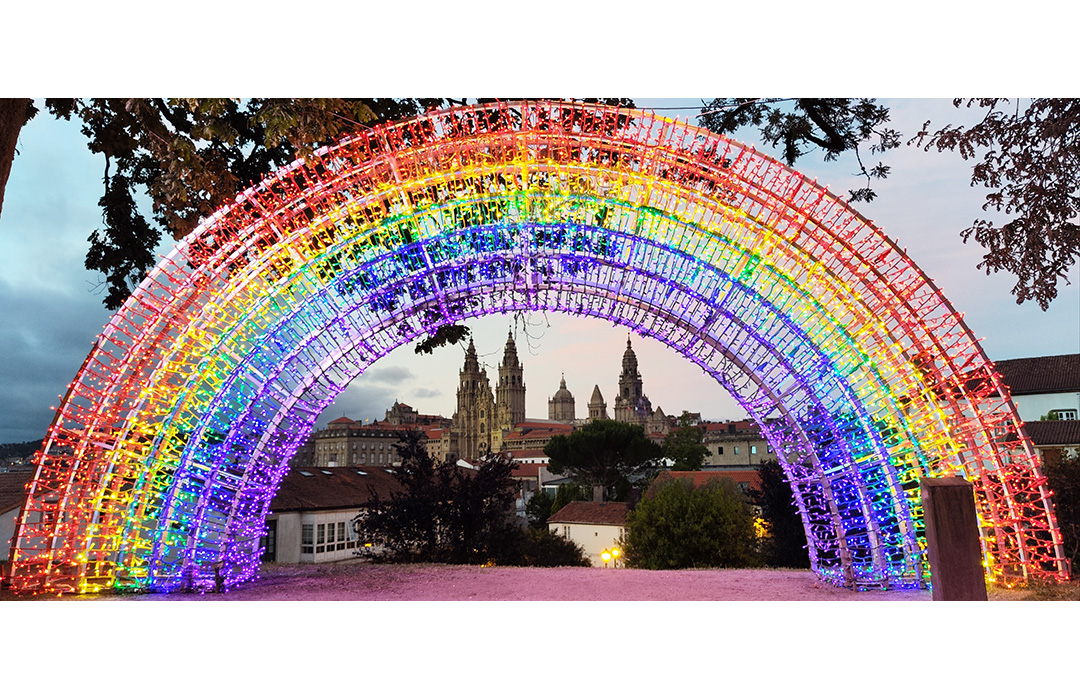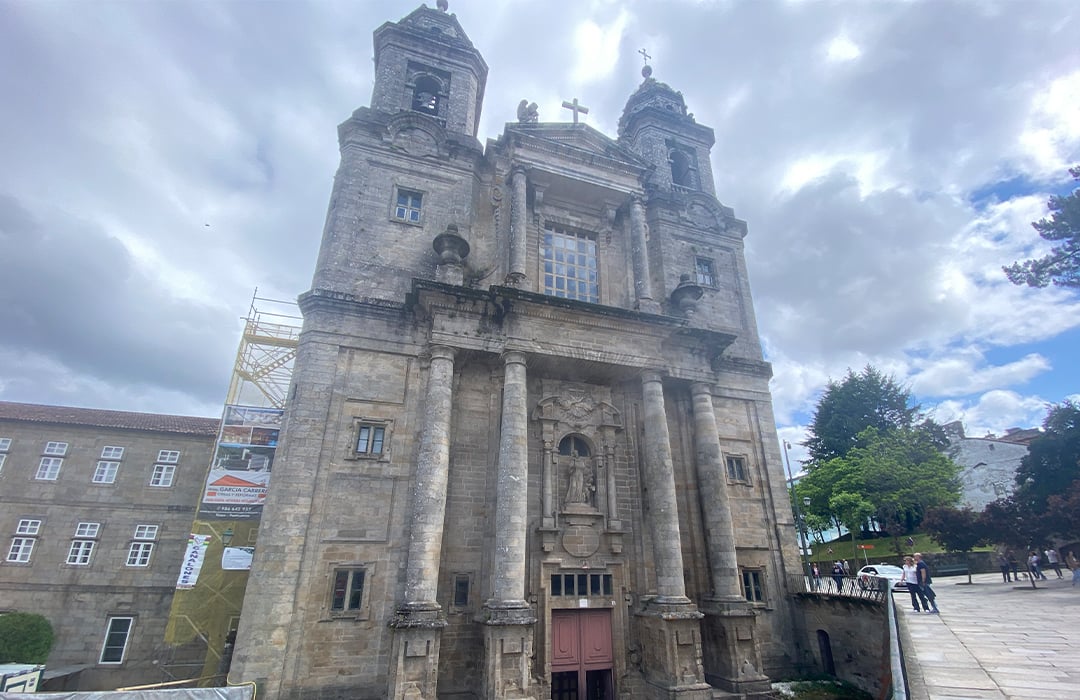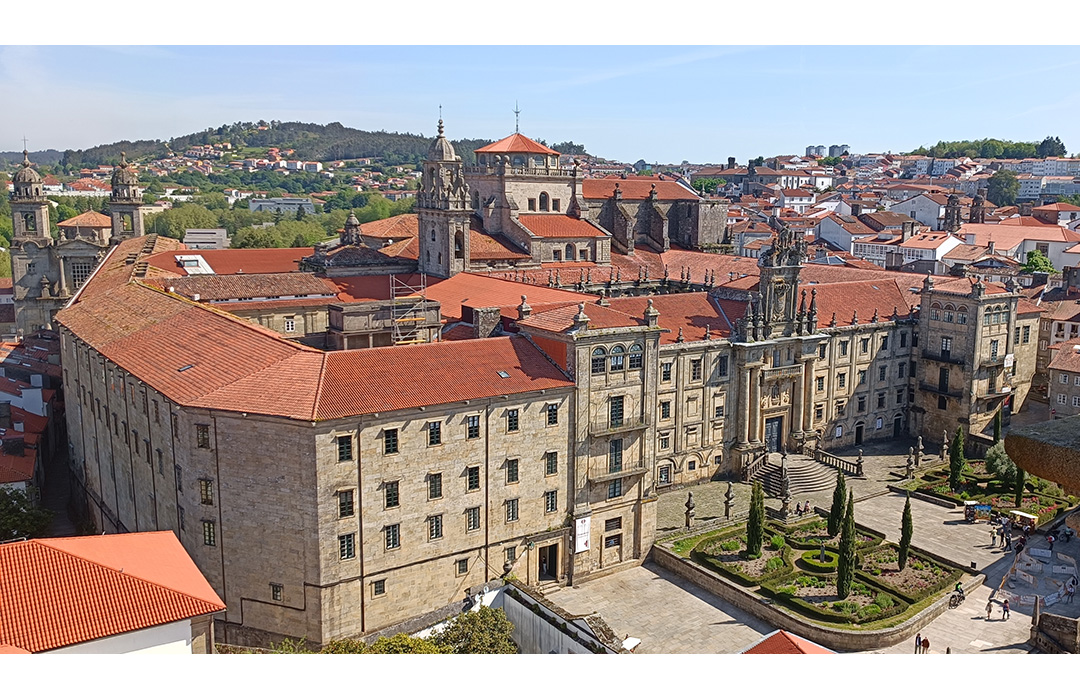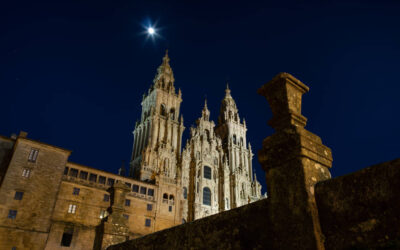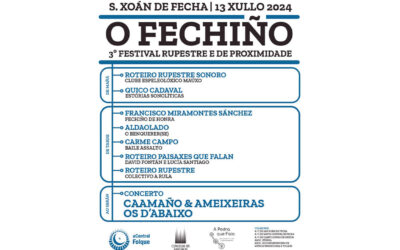Discover
Compostela
I LOVE COMPOSTELA brings you closer to the history, gastronomy and places of interest of Santiago de Compostela, the city that enchants millions of visitors every year.
Discover
Compostela
I LOVE COMPOSTELA brings you closer to the history, gastronomy and places of interest of Santiago de Compostela, the city that enchants millions of visitors every year.
Museums
Parks
Churches
of interest
Gastronomy
Churches
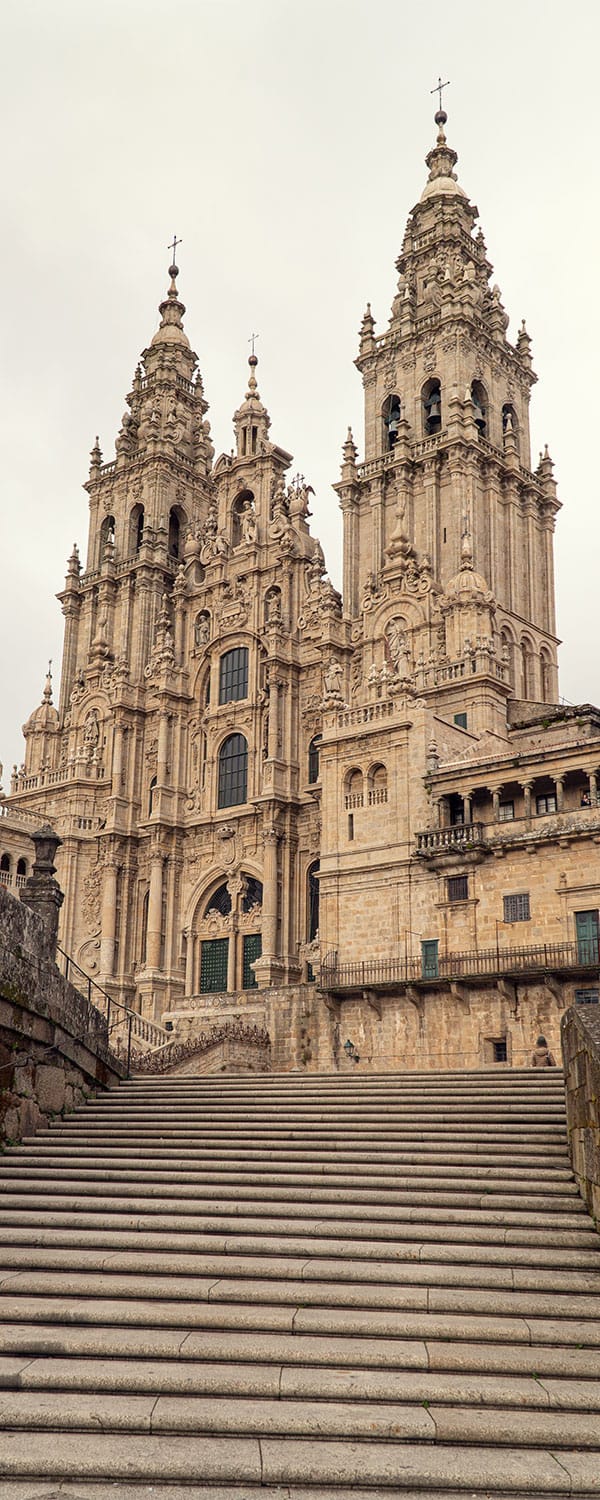
Museums

Cathedral Museum
Santiago Cathedral
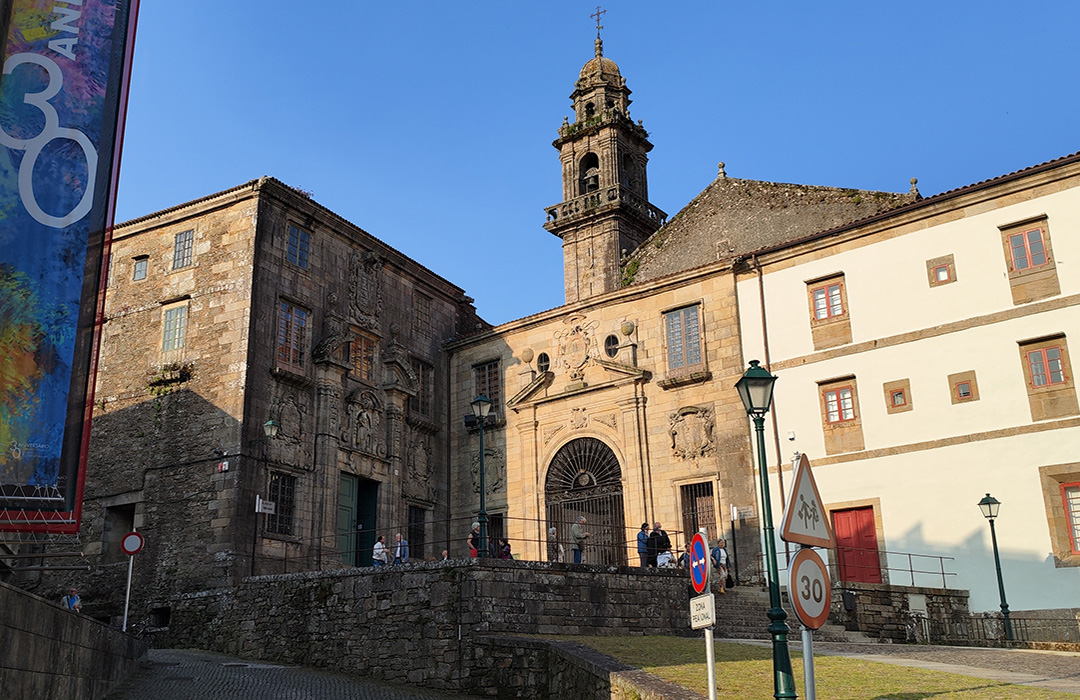
Museum of the Galician People
Costa de San Domingos, 3
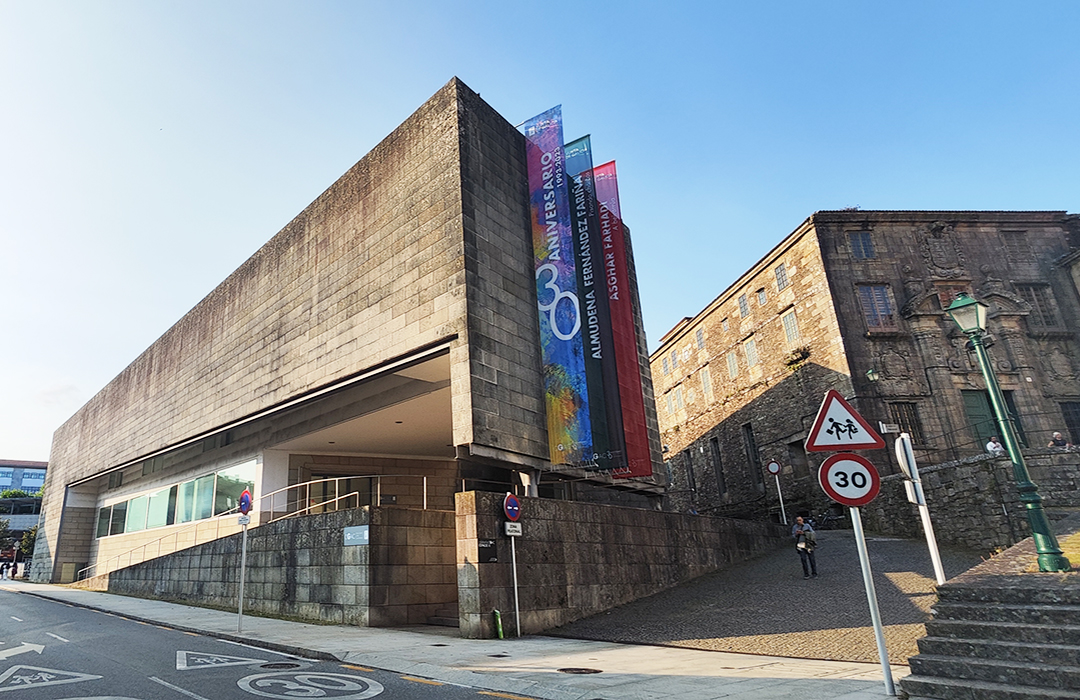
Galician Center of Contemporary Art
Rúa Ramón del Valle Inclán, 2
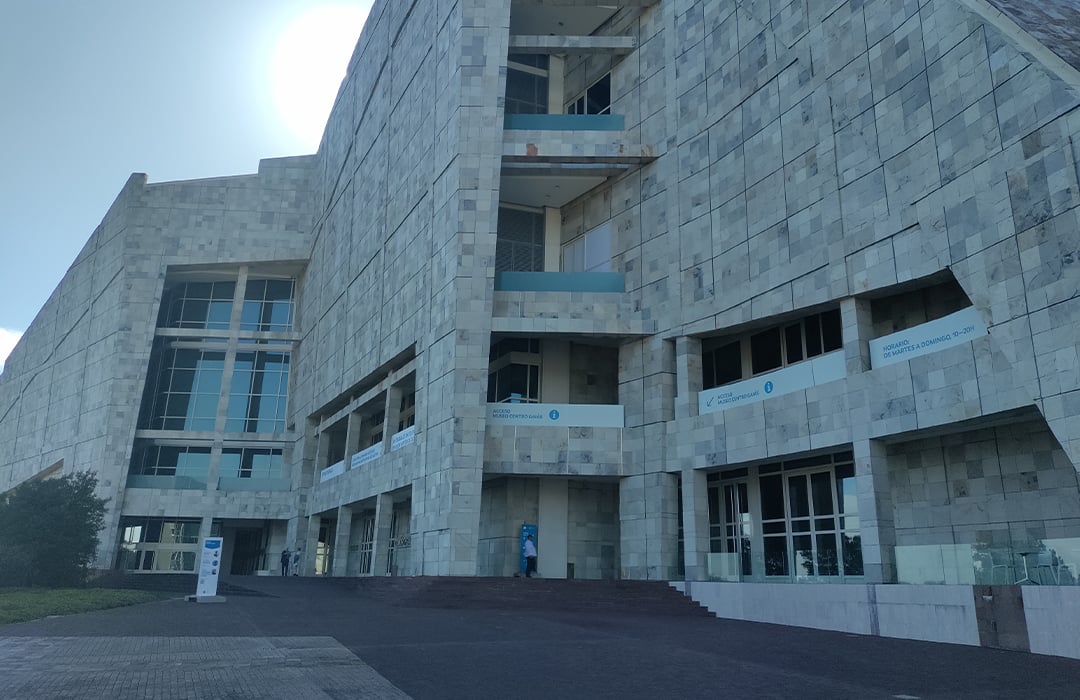
Gaiás Center Museum
City of Culture of Galicia
Parks of Santiago de Compostela

Alameda
Area: 85,000 m2

Belvís Park
Area: 30,604 m2
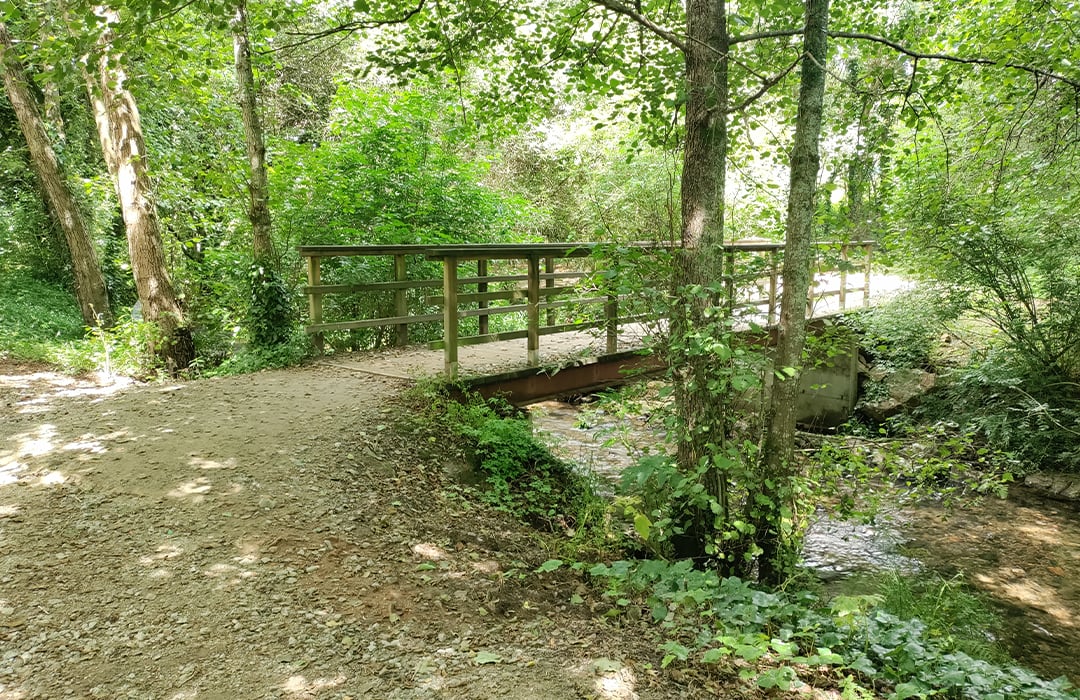
Brañas do Sar
Length: 4,418 m.
Other points of interest
News
What to do in Compostela in August
Summer is still going strong in Santiago de Compostela.
This month is full of activities with which you can make the most of this city, whether you are a resident or a tourist.
We leave you a list of events so you know what to do in Compostela in August.
Urban music invades Compostela at the Santiago Urban Fest
Santiago de Compostela will host next July 27th the Santiago Urban Fest, an event dedicated to urban music pioneer in Galicia. It will take place at the Praza Roxa, from 3 to 11 p.m., and some thirty artists will participate.
O Fechiño’ festival celebrates culture and local community
The parish of San Xoán de Fecha, in Santiago de Compostela, is preparing to host next Saturday, July 13, the third edition of the Festival Rupestre e de Proximidade ‘O Fechiño’.



